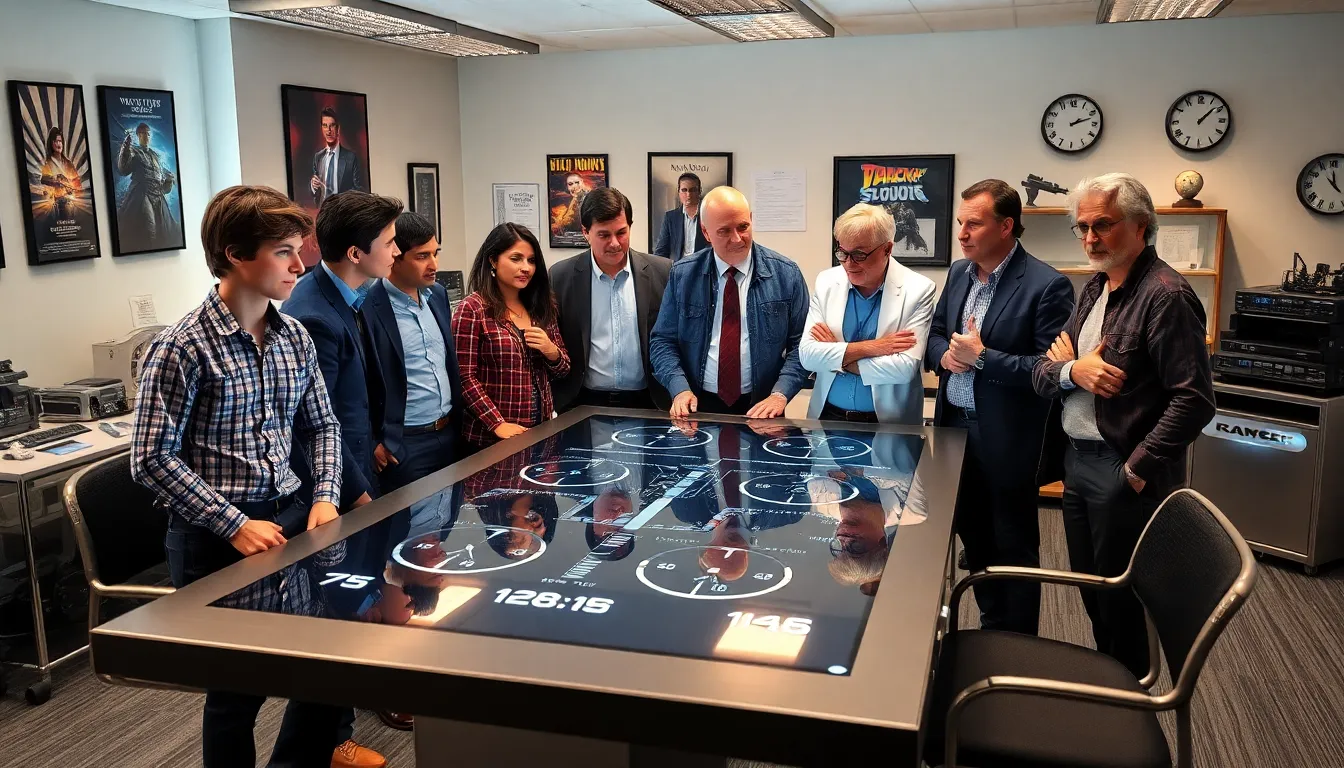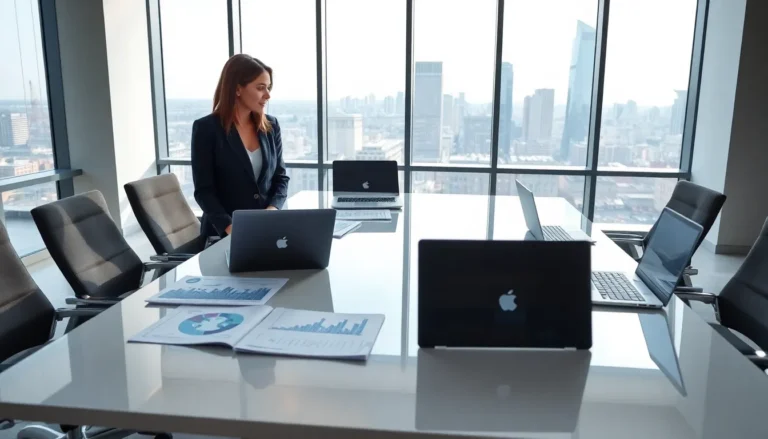When you think about prophetic movies, few stand out quite like “Back to the Future.” This beloved franchise not only entertained audiences but also threw us some jaw-dropping predictions about the future. Who could forget Marty McFly’s hoverboard or flying cars? While we may be stuck in traffic and still waiting for our self-lacing sneakers, let’s take a delightful romp through the predictions made in these films, and see what hit the mark and what fizzled out into oblivion. Buckle up as we venture through time.
Table of Contents
ToggleOverview of Back To The Future Franchise

The “Back to the Future” franchise, created by Robert Zemeckis and produced by Steven Spielberg, first graced the silver screen in 1985, introducing audiences to the quirky yet endearing characters of Marty McFly and Doc Brown. With a DeLorean turned time machine, they navigated the intricacies of their time-traveling adventures, impacting events in the past, present, and future. The original film’s success led to two sequels in 1989 and 1990, forming a trilogy that has become a cornerstone of pop culture. From iconic quotes to memorable scenes, the franchise keeps fans engaged decades later, showcasing a humorous yet poignant take on time travel and its implications.
Cultural Impact of Predictions
The cultural footprint of “Back to the Future” is profound. It ignited imaginations, influencing not just filmmakers but also inventors and engineers. Its blend of comedy, science fiction, and drama depicts the ripple effect of time travel on personal choices and societal norms. The predictions offered viewers a glimpse of technological advancements that could be. For example, the phrase “the future isn’t set” resonated with many, serving as a reminder that our choices can shape what lies ahead. As such, it’s no surprise that fans held their breath to see which of these predictions would become reality.
Predictions That Came True
In a surprising twist, several of the predictions featured in “Back to the Future II” have indeed materialized. For starters, video conferencing has become commonplace thanks to platforms like Zoom and Skype. Back in 1989, Doc Brown’s futuristic prediction of people communicating face-to-face with screens seemed outlandish. Fast forward to today, and remote workforces thriving, this prediction seems less like science fiction and more like everyday life.
Another notable hit was the emergence of wearable technology. Marty’s self-drying jacket may not have hit the market, but smartwatches and fitness trackers have become trendy accessories. Companies like Apple and Fitbit have turned this concept into a reality that tracks our health and keeps us connected on the go. Finally, the rise of drones, albeit not quite in the way envisioned, captures some elements of the flying cars showcased in the films. This intersection of science fiction and reality showcases the film’s remarkable foresight.
Predictions That Did Not Come True
While some predictions have become reality, others have failed to materialize, leading to a bit of head-scratching among fans. The anticipation for flying cars captured the imagination, yet we still maneuver through gridlock without airborne vehicles. Postulating that parking would be a thing of the past feels particularly ironic. And then there’s the hoverboard, while prototypes exist, they lack the functionality and accessibility shown in the film. Instead of gliding effortlessly, enthusiasts are left with pricey options that often require tracks or special conditions.
Also, the idea of 2015 having instant pizza delivery via a hologram (or a robotic assistant, for that matter) seems a touch optimistic. While we have made strides in robotics and pizza delivery, the reality remains decidedly more mundane. These discrepancies lead to valuable reflections on the balance between ambition and practicality in technology development.
Future Opportunities Inspired by the Film
The remarkable insights offered by the “Back to the Future” series reveal opportunities that still await exploitation. The concept of time travel effortlessly piqued curiosity about the ethical implications of such advancements. Conversations around artificial intelligence and machine learning invite discussions akin to time travel, considering how decisions today can influence the future. Besides, the anticipation of more significant advancements in sustainable energy, as hinted at in the films, aligns with current societal tendencies toward environmental responsibility.
Innovation continues to spring forth, often inspired by science fiction. Bold ideas spark explorations in various fields, encouraging engineers and researchers to develop solutions we haven’t yet considered. Encouragingly, imagination and creativity play pivotal roles in shaping a better tomorrow. By fostering an atmosphere where the impossible edges closer to reality, the potential remains endless.
Technological Trends and Innovations
In examining where we stand today against the backdrop of “Back to the Future” predictions, it’s essential to highlight the current technological trends steering our society forward. Artificial intelligence is perhaps the most paramount. From virtual assistants controlling smart home systems to self-driving cars, the fringe of possibility has been firmly pushed into mainstream technology.
Also, advancements in augmented reality (AR) and virtual reality (VR) are changing how we interact with the world. Imagine accessing experiences and environments previously confined to the realm of imagination. Education, entertainment, and even training could all benefit from these technologies in ways we could only dream of during the heyday of the franchise. As we embrace these innovations, echoes of the film’s playful warnings about changing timelines resonate with us, as embracing this technology involves making responsible choices.




